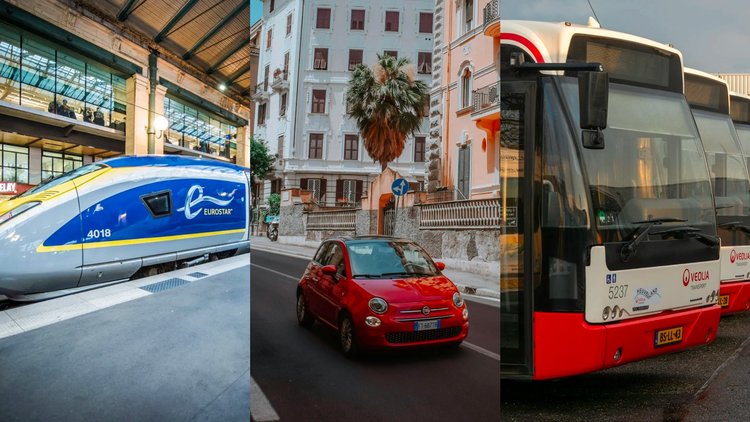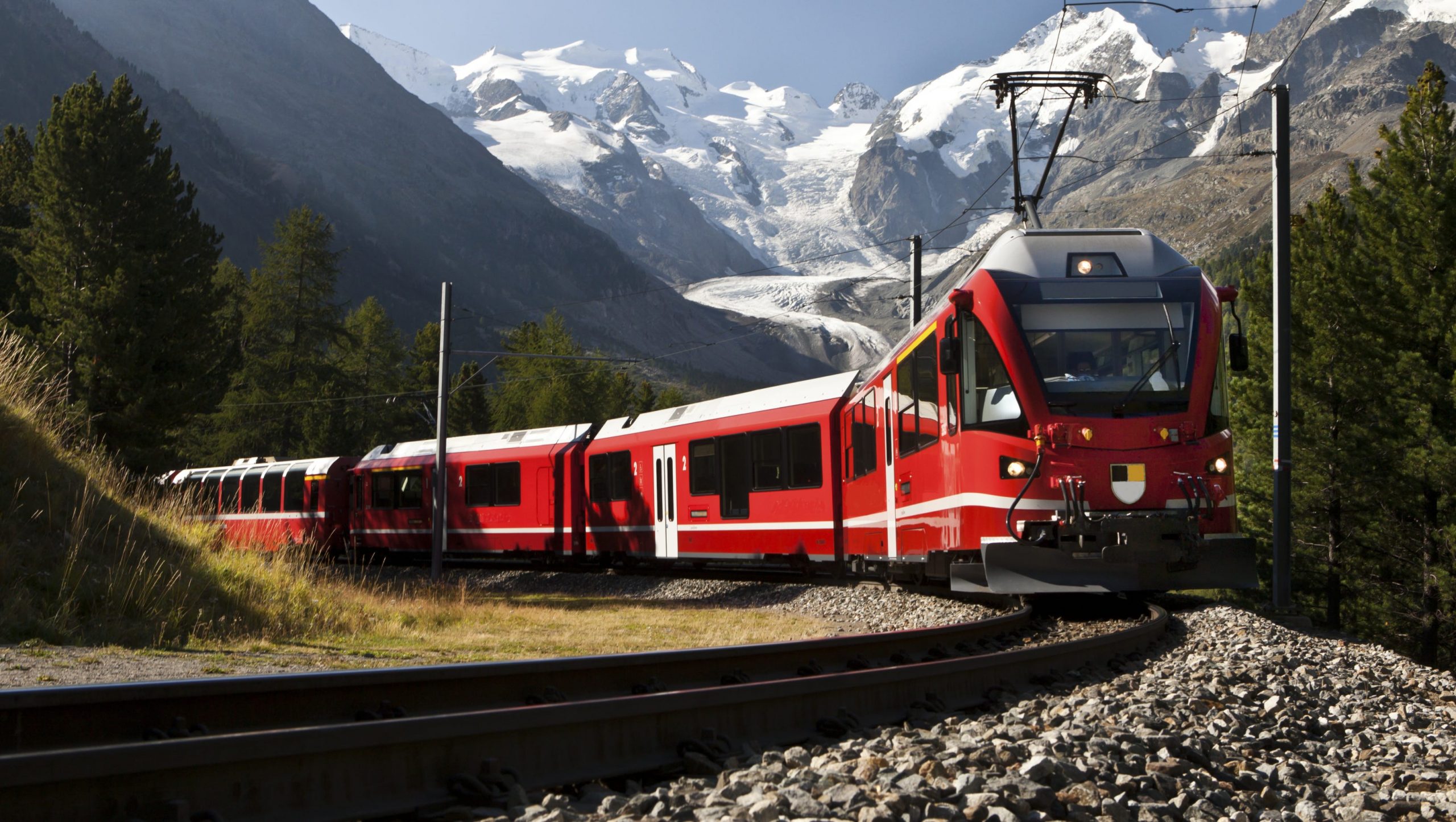
Budget Airlines in Europe
Budget airlines like Ryanair, EasyJet, Wizz Air, and Volotea offer incredibly low base fares for short flights across Europe. However, these airlines are notorious for charging various extra fees that can significantly increase the total cost. Passengers may be hit with charges for checked bags, carry-on bags, seat selection, printing boarding passes, and more. A budget airline ticket can sometimes be more expensive than taking the train or a sleeper bus for the same route.

Additionally, budget airlines often use secondary airports. They are farther from city centers, requiring extra time and money for ground transportation. There are also health and environmental concerns with budget airlines. Including cramped conditions, recycled air, radiation exposure, and higher emissions per passenger compared to trains.
The Comfort and Convenience of Train Travel
Train travel within Europe, especially on high-speed rail networks like the Eurostar, TGV, and ICE, can be a comfortable and efficient alternative to flying. Train tickets are generally more straightforward, with fewer hidden fees. Passengers can usually bring luggage for free and have more flexibility to change or cancel tickets.

Overnight train journeys with sleeper cars can save you the cost of a hotel night while providing a comfortable sleeping experience. Trains also offer more legroom, the ability to walk around, and access to dining cars with healthier food options. From an environmental standpoint, train travel is generally more sustainable than flying, with lower emissions per passenger-kilometer.
The main downsides of train travel are that journeys can take longer than flying for some routes, and tickets may be more expensive for short notice or peak travel times.
Sleeper Buses: A Budget-Friendly Overnight Option
Sleeper buses, also known as “couchette” buses, provide an overnight travel option. It combines the cost-effectiveness of a bus with the comfort of a bed. These buses typically have reclining seats or bunk beds. They are allowing passengers to sleep during the journey and save the cost of a hotel night.

Prices for sleeper buses are generally lower than train sleeper cars, making them a budget-friendly option for long-distance travel. However, the sleeping accommodations on sleeper buses are typically more basic than train sleeper cars. It is with fewer amenities like private bathrooms and dining cars.
Sleeper buses may also take longer than trains for the same routes, due to more stops and slower speeds. The environmental impact of sleeper buses is better than flying, but not as good as high-speed rail.
Choosing the Best Mode of Transportation
When comparing budget airlines, trains, and sleeper buses for travel within Europe, the best option depends on your priorities and travel needs. Budget airlines can offer very cheap base fares, but the total cost with fees may be higher than trains or buses. Trains provide a more comfortable and environmentally friendly experience, while sleeper buses are a budget-friendly overnight option.
Carefully considering factors like cost, convenience, health, and sustainability can help you choose the best mode of transportation for your European travels.














